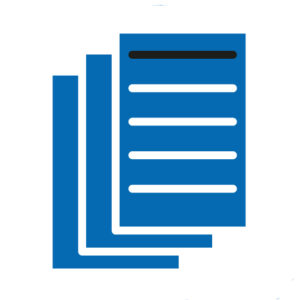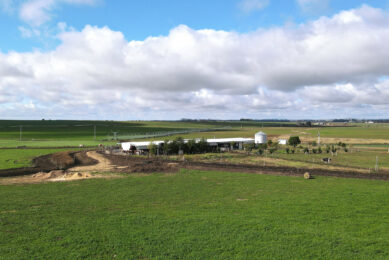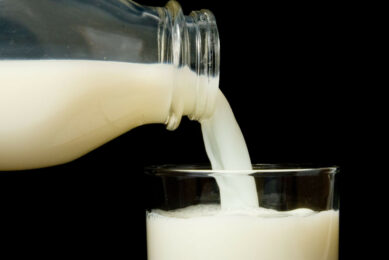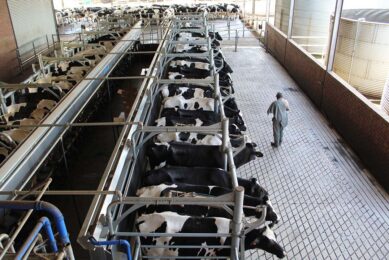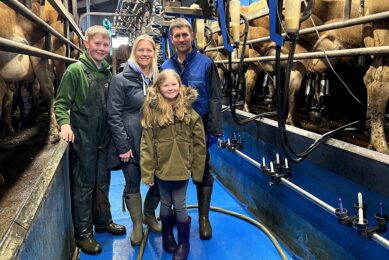Argentinian dairy farm in great financial shape with €13m investment planned
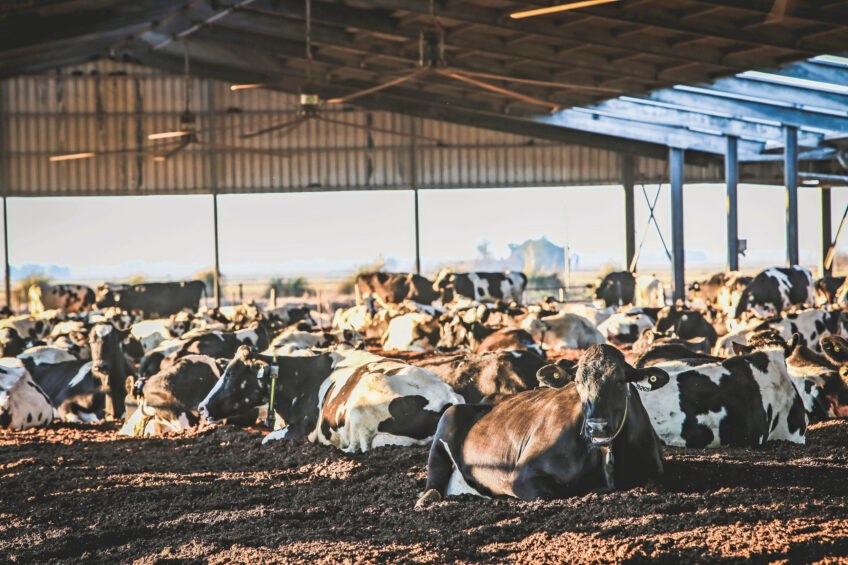
Gruppo Chiavassa wants to double the number of cows to 3,500 in the next 5 years. The 90% equity, formed by playing into high inflation and reinvesting profits for decades, has made this possible.
In Carlos Pellegrini, some 450 kilometres northwest of Argentina’s capital Buenos Aires, a constant hum of activity defines daily life at Grupo Chiavassa. The barns house 1,700 Holsteins and their young cattle are surrounded by a patchwork of crops. The family business is living proof of how tradition and innovation can coexist in perfect harmony.
Grupo Chiavassa’s origins date back to 1881, when Pietro Chiavassa emigrated to Argentina from the Italian region of Piedmont. In 1924, his son Domingo was already running a dairy farm not far from the group’s current headquarters. Carlos Chiavassa took over in 1982, heralding a new chapter for the company. Professionalisation, reinvestment of profits and an innovative vision became the cornerstones of his leadership. His son Cristian and his siblings work on the same basis.
Continuous growth
As the company grew in size, modernisation and scaling up became necessary. In 2010, a 40-stall rotary milking parlour replaced the 2×8 herringbone milking parlour. This investment was accompanied by the implementation of administrative systems that provided better insight into the profitability of each decision. Co-owner Cristian Chiavassa emphasises that before making an investment, the impact on productivity and economic sustainability is carefully evaluated. This approach has proven essential in consolidating the group’s position in the market.
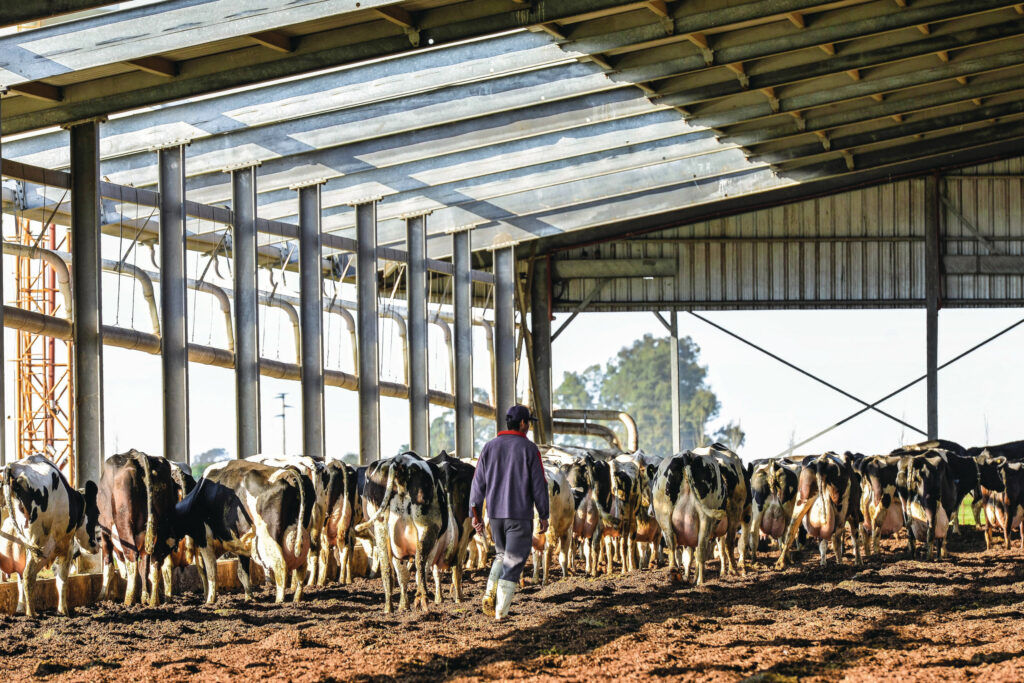
Today, Grupo Chiavassa has 1,700 dairy cows and produces 21.5 million litres of milk per year, with a daily average of 37 litres per cow with 4.10% fat and 3.60% protein. With these contents well above Argentina’s average, the group is a major supplier to Grido, the largest ice cream chain in South America. In addition, the company also supplies large cheese producers during the off-season. The milk fetches between 44 and 47 cents per liter, depending on the season and market demand. This premium price, 5 cents above what is customary in Argentina, reflects the group’s strategy of prioritising quality over quantity, and satisfying customers who value milk of high quality.
Own lab for targeted treatment
The 40-stall indoor milker required a considerable investment in 2010. In addition to the construction costs of the barn, almost €300,000 was invested in the milking facility and the associated cooling and control systems. At the time, a pilot of only 50 collars was started. Now, all 2,400 cows and young cattle from the age of 1 year have a collar. The precise data on rumination, movement and heat has reduced the use of antibiotics by 50%, which has optimised both animal health and operational costs.
Grupo Chiavasso works with an internal laboratory for mastitis diagnosis. This allows milk samples to be cultured on site and any bacteria present in them can be quickly identified. This allows antibiotics to be used more specifically, which shortens treatment times and reduces costs.
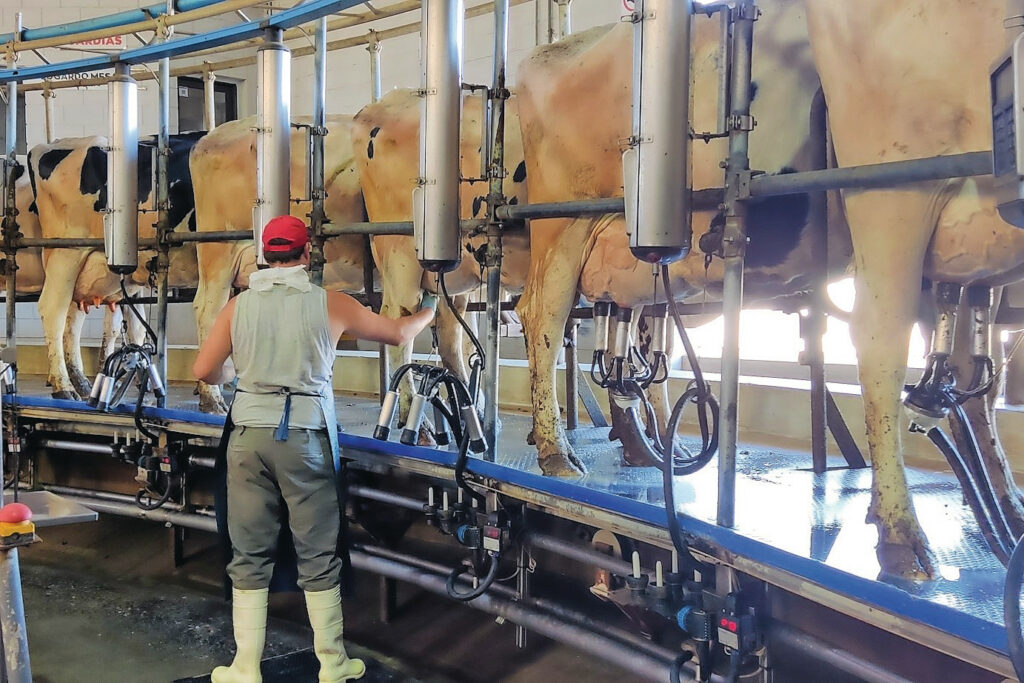
Animal welfare and circular working
Animal welfare is a cornerstone of Grupo Chiavassa’s model. The free-range stables with compost floors, forced ventilation, misting and constant access to water offer the cows a comfortable environment. The investment is on average €3,500 to €4,000 per cow. These stables guarantee the welfare of the animals even in extreme weather conditions. This not only reduces animal stress, but also limits diseases and increases milk production.
The compost beds are mechanically aerated daily to accelerate the composting process. Structural raw materials such as soy hulls, residual flows from the peanut processing industry and ground crop residues are added to increase the carbon-nitrogen ratio. This results in high-quality, stable compost that is the basis for organic fertilisation in roughage cultivation on 1,700 hectares, of which 1,000 are owned.
The use of the compost has resulted in an increase in the organic matter content in the soil from 2% to 4% in 10 years. The higher the content, the better the soil fertility. Grupo Chiavassa grows many crops, including silage maize, alfalfa, wheat, oats, barley and sorghum. All products go to the cows. The crops are rotated to prevent soil erosion. In addition, winter crops keep the soil covered all year round. This reduces weed pressure, which further reduces operational costs.
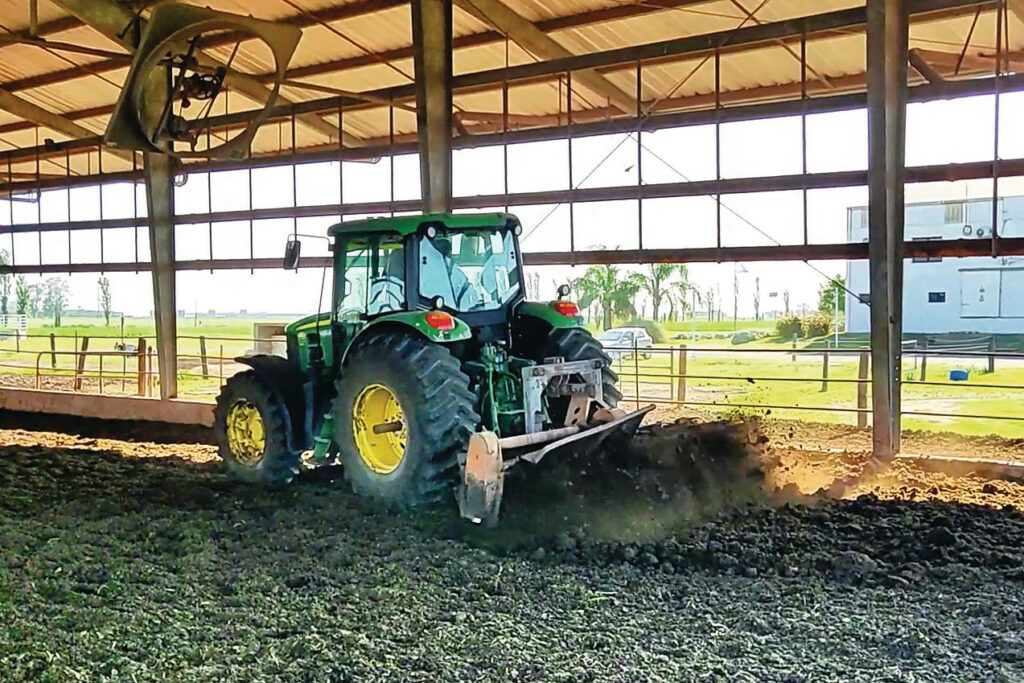
Water management is another important point of attention. Grupo Chiavassa collects all the rainwater from the shed roofs and collects it in centralised tanks. It is used for cleaning corridors and equipment and for irrigation. This significantly reduces dependence on groundwater.
Land rent around €500 per hectare
Feed costs represent 35-45% of the company’s total expenditure. The main roughages are maize silage, alfalfa and sorghum silage. In addition, home-grown grains are milled and fed. Only premixes and minerals come from outside.
Land rent in the region is expensive and is often linked to the price of soy. The rental price ranges from 15-18 quintals (1,500 to 1,800 kgs) of soy per hectare. This provides some price dampening in years with low soy prices, which are often also years with a low milk price. The rental price this year amounts to around €440 to €530. That may seem high, but in this region, achieving 3 maize harvests over 2 years is feasible.
All field work is outsourced to contractors with whom the group has been working for decades. “They focus on the quality of the product and do it on such a large scale that we can’t match that,” says Cristian. An added benefit is that the group also supports the regional economy.
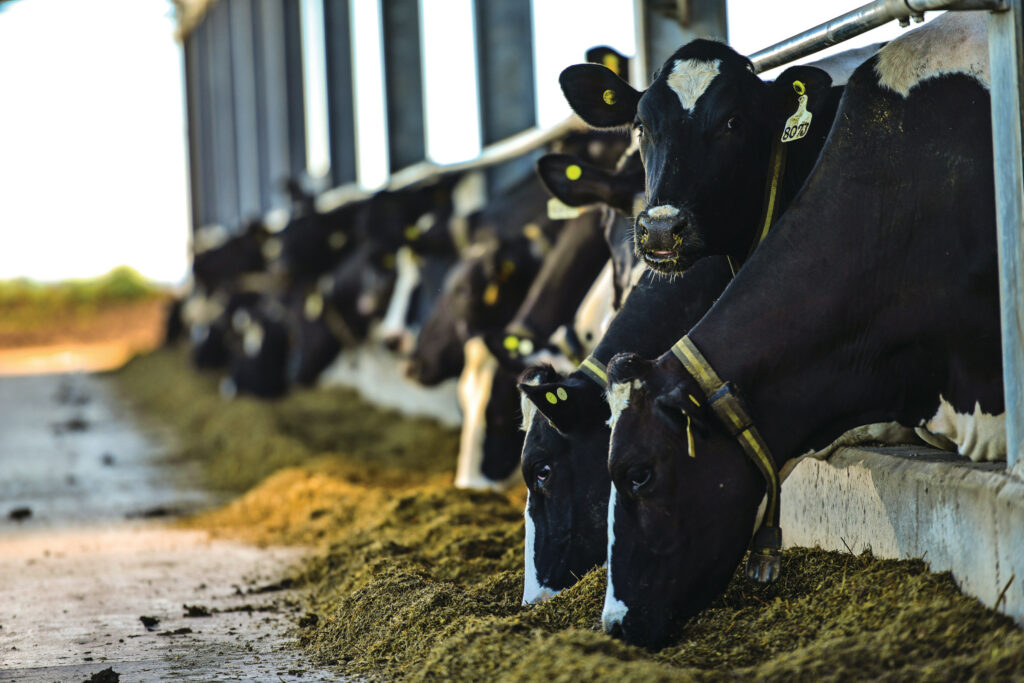
Solid finances – strategic investments and leverage
Grupo Chiavassa maintains a solid financial structure. Only 10% of the required capital is financed. This high solvency has been achieved by reinvesting 90% of the profits over the past 2 decades. In addition, the group has responded to Argentina’s inflation by accessing loans with negative real interest rates. This has made it possible to finance projects without jeopardising financial stability.
“Our approach has never been speculative. Every investment is supported by our focus on efficiency and sustainability,” explains Cristian. This approach has facilitated the construction of new barns, the adoption of technology and the expansion of operational capacity.
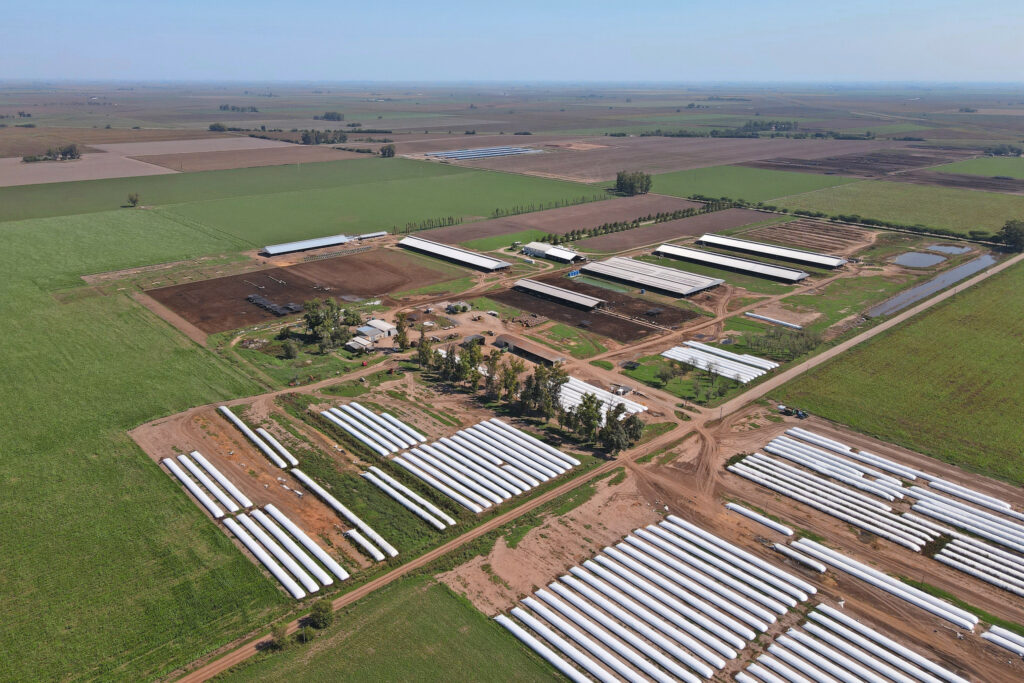
Global perspectives – opportunities and challenges
Grupo Chiavassa sees opportunities for Latin America as environmental regulations tighten globally. “Countries like Argentina have the potential to lead the production of animal proteins, taking advantage of their vast land and natural resources,” says Cristian. However, the group is also aware of challenges, such as competition from dairy alternatives and sustainability requirements. “The dairy sector,” he says, “must adapt to new societal demands, but it also has a unique opportunity to demonstrate that sustainable production is possible.”
With a team of 26 employees, Grupo Chiavassa not only generates jobs. It also invests in the personal and professional development of its employees. Training programmes, annual retreats and workshops have strengthened internal ties and created an organisational culture based on collaboration and mutual respect.
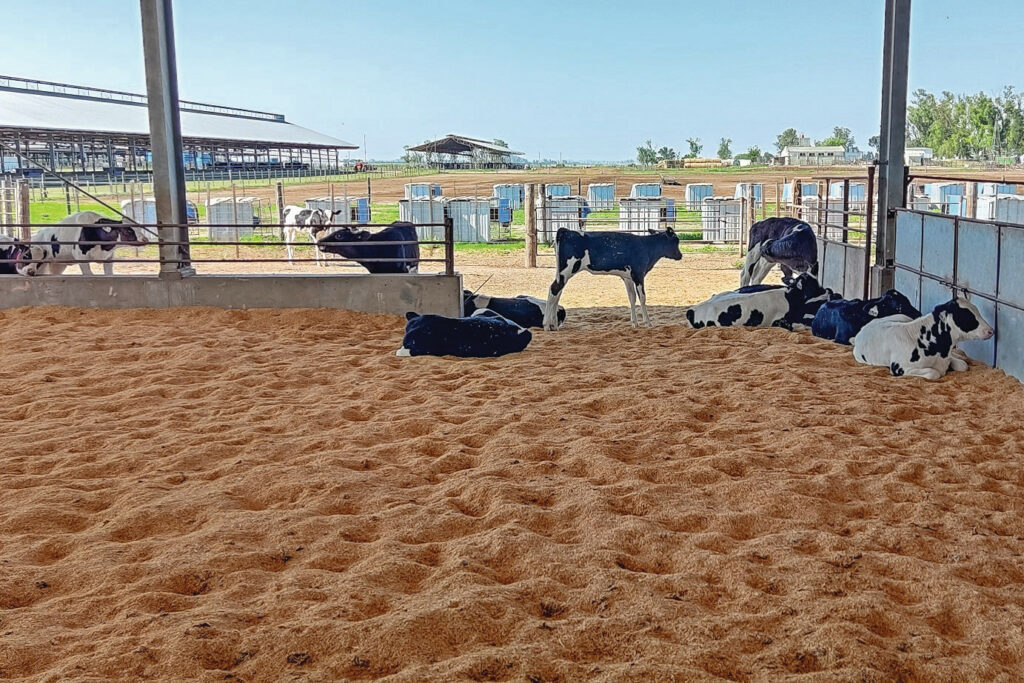
New investments coming
Grupo Chiavassa has ambitious expansion plans. It wants to expand to 3,500 dairy cows with new construction. A total investment of €13 million is planned for this in the coming 5 years. Additional cattle are already being kept. On an annual basis, the inflow of dairy heifers is 48%. Of this, 8% is for growth of the herd and 40% for replacement. Of the dairy cows that leave the company, 70% go to slaughter, 30% often go as second and third calf cows to other dairy farmers. “We want to milk more, but the milking parlour cannot handle more animals.”
In addition, the group focuses on developing partnerships with local arable farmers to guarantee a stable roughage supply. Sub-goals are to integrate the environment into the growth of the group, to generate mutual benefits and to strengthen the regional economy. Cristian concludes: “Every litre of milk we produce is the result of generations of effort. Our mission is to honour that legacy while building a sustainable future for our communities and our planet.”


